Livestock for Sustainable Food Systems
How research and innovation in livestock husbandry can enable more sustainable food systems.
A practice dating back 11,000 years, animal husbandry has been vital to the settling of people and civilization as we know it today. While the approaches to raising livestock for meat, milk, eggs, and other products have changed drastically throughout the course of history, one constant is the relationship between people, animals, and nature that has sustained populations for centuries: animals are assured food, shelter, and care, while the people that raise them benefit from their produce.
Any livestock farmer will tell you their animals are at the heart of what they do. Farmers are the backbone of the European economy, with rural economies depending on agriculture and livestock rearing. As a matter of fact: of the 10.5 million farms in the EU, over 95% are considered family farms. Living on and with the land, these farmers and their livestock can offer a multitude of benefits and ecosystem services – from the provision of goods that support local livelihoods and food sovereignty, to contributing to nutrient cycles and meaningful aesthetic, cultural values.
Yet in the context of the climate crisis and socio-politics, the indisputable impacts of livestock farming can overshadow the farmers, vets, and other value chain actors working day-in and day out to ensure we have food on our plates. With the strains on our global food systems in the wake of COVID-19 and Russia’s war on Ukraine – from food shortages to fertilizer crises amidst pressures of extreme weather, supply chain disruptions, population growth, animal diseases, and mounting consumer demands – today’s farming is not the farming of yesteryear.
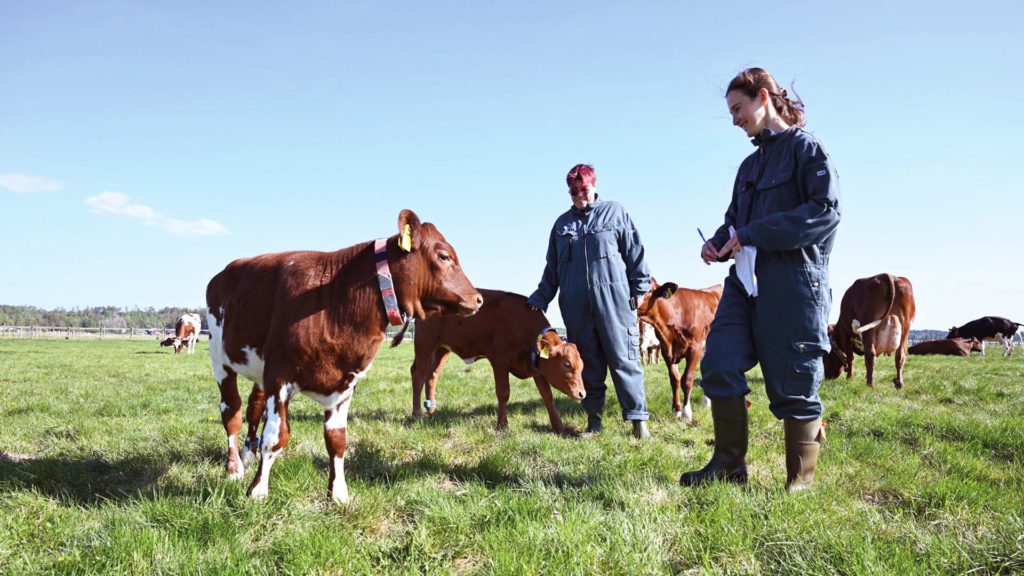
Towards sustainable farming by 2050
Food production accounts for one-third of global greenhouse gas (GHG) emissions and nearly 70% of all EU agricultural emissions come from the livestock sector. With global demand for meat products projected to double by 2050, more intensive production will likely put further strain on natural resources with greater impacts on the environment. As a result, the EU livestock sector is front and center of a much-contested sustainability debate. While many arguments circulate amongst the farming community, academics, and consumers on what types of livestock systems are most sustainable, a future without livestock is neither probable nor practical.
95% of the 10.5 million farms in the EU are considered family farms.
Source: Eurostat
With the dawn of the EU Green Deal setting forth Europe’s ambitions to become climate-neutral by 2050, the Farm-to-Fork Strategy aims to make food systems sustainable with targets for reaching 25% of organic agricultural land farming, 50% less pesticide use, 20% less fertilizer use, and halving the sale of antimicrobials used for farmed animals by 2030.
Reaching these targets will undoubtedly influence the livestock sector but shifts in policy and consumer demands are already spurring innovations towards sustainability. But what does a sustainable European livestock sector look like and how do we get there? To answer this, we delve into the work of four research projects – PATHWAYS, mEATquality, Code: Re-farm, and INTAQT – which are examining different sustainability indicators in livestock farming systems to measure the trade-offs, productivity, and welfare aspects that need to be considered when meeting consumer demands for quality, sustainable products.
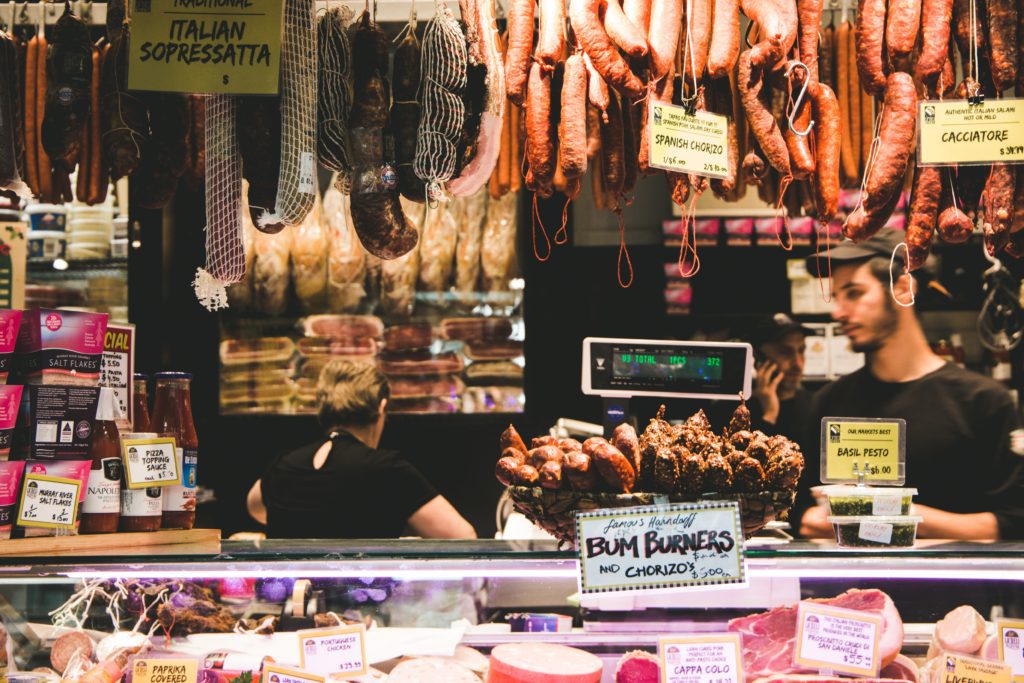
Complexities of different livestock systems
Europe is home to many different husbandry systems that were shaped over centuries by ecology, traditions, resources, and socio-economic factors that culminated in the techniques we see today. Different breeds of livestock, how they are kept, and the management of landscapes all determine the type of system – from intensive production systems to extensive production systems that range from conventional to organic and free-range.
Robust science is pivotal to understanding the complexities of these systems and the role of livestock in shaping sustainable food systems. However, we first must understand what contributions the sector has to society – a difficult order considering no holistic assessment exists to do so. This is one of the main aims of the PATHWAYS project: to understand livestock systems’ contributions to indicators such as productivity, health, animal welfare, GHG emissions, and ecosystem services by developing a multi-dimensional assessment and holistic scenario evaluation to assess livestock systems from farm to fork. The project is co-designing scenarios and associated transition pathways for a sustainable European livestock sector with all stakeholders – from farmers to policy-makers and consumers.
Shifts in consumer expectations towards animal welfare, demands for nutritional products, and social and environmental factors are fostering novelties in the livestock sector; however, these advancements have not been systematically or scientifically evaluated, especially regarding the sustainability of production and the quality of the products coming from different EU farming systems.
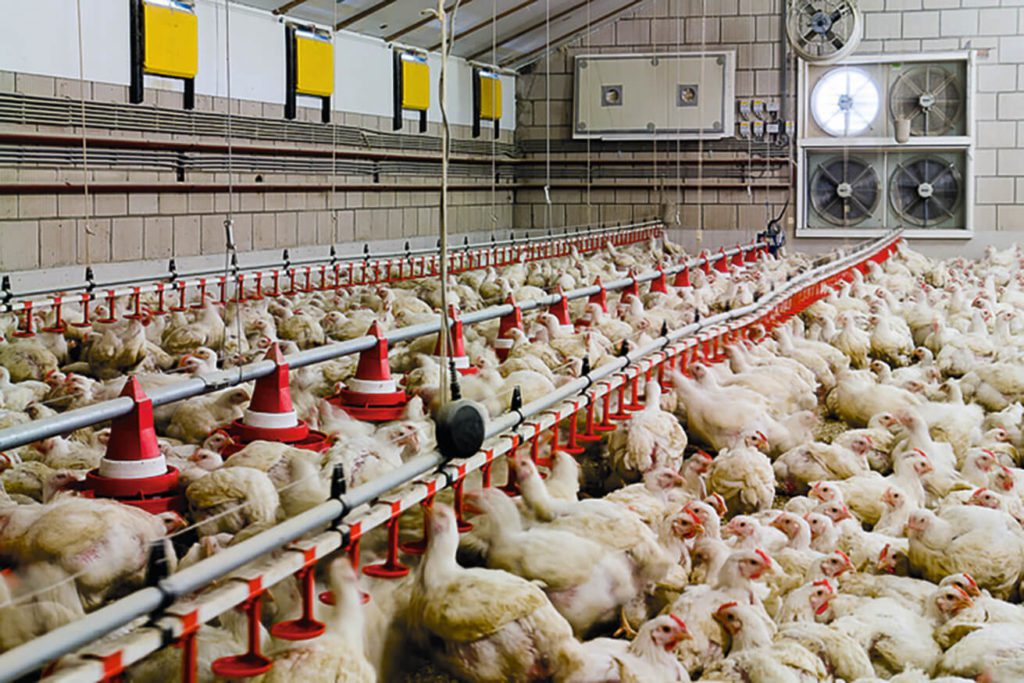
Over the past 50 years, the intensification of animal production has grown to meet global demand and along with it concerns of the impacts these systems have on the environment and animal welfare that can undermine product quality. This has led to public skepticism about the sustainability of intensive production methods that often house animals in specialized, indoor mechanized farming operations. It is largely regarded that good animal health is a driver for better production and even for the environment (improved diets and nutrition can lower emissions). As such, intensive farming does not necessarily equate to negative animal welfare or worse environmental impacts and can even result in better care for animals and the use of resources, having positive outcomes for sustainability metrics such as gas emissions. The work of these projects to assess and measure sustainability indicators and uncover these nuances will help elucidate the tangible trade-offs between different farming systems and their productivity.
Extensive livestock production systems, on the other hand, are low-input systems that are often deemed the most idealistic production system, prized for their perceived quality. Extensive systems play a critical role in supporting rural communities and known examples include pasture-fed beef or dairy cows that graze on diverse grasslands – an efficient land management practice that enables animal welfare and soil regeneration by aiding in carbon sequestration, forage production, and water cycles. Such systems are also crucial for economies and community, as farmers can make a premium on the products sold from these husbandry practices.
But what is the relationship between the quality of the product and the system type – do extensive husbandry practices really mean higher quality products? The mEATquality project is working to link extensive husbandry practices to the intrinsic quality of pork and broiler meat by analyzing consumer preferences on sustainable meat production and applying extensive husbandry practices to different production systems. The project is testing new solutions with farmers and chain partners to address demands, environmental concerns, and economic needs on farms and in the chain for higher quality meat by considering on-farm factors such as genetics, feed or forage-based diets, and the quantity and quality of the space and stress of the animal.
Consumer demands for quality, sustainable products
Modern consumers want quality, sustainably produced, welfare-friendly products at their fingertips. When considering social and ethical aspects of livestock production, it is often believed extensive production to be synonymous with better production quality. However, the economic sustainability of these systems has also been called into question as they can face challenges of natural resource limitations, adverse climatic conditions, and disease. Products from extensive systems are perceived as being of superior quality, but their resource-limited environments can undermine their safety.
Delving deeper into the links between husbandry systems and the intrinsic quality of the derived products, Code: Re-farm is comparing different production systems on commercial farms – both intensive and extensive – by testing combinations of breeds, production lines, and farming systems for poultry production (meat and eggs) and goat milk production – to assess each combination’s animal health and welfare indicators, product yields, quality, and nutritional value.
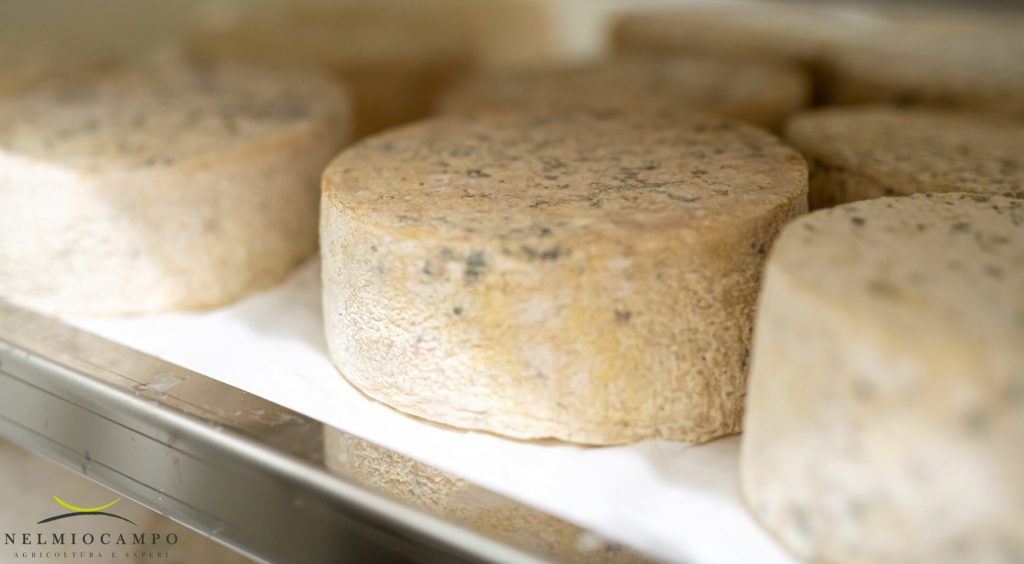
Through using new technological tools for milk and egg analysis, pre-clinical mastitis detection, microbiome analysis, automated animal health and welfare assessments and gas analysis, producers will be able to evaluate more holistically the health and sustainability of the system while ensuring consumers that the derived products are of high-quality with animal welfare and the environment in mind.
Building on the aspects of quality and sustainability, the INTAQT project is contributing towards the “One Quality” concept – a new concept that can be used to evaluate products for their attainment of high quality and sustainability.
Finally we will be able to address the intrinsic quality of products and the sustainability of production methods, which is essential for consumers to make informed choices. No more partial approaches that lead to misleading conclusions.
Bruno Martin, INTAQT coordinator
Focusing on chicken, beef, and dairy products, INTAQT is assessing the relationship between the quality of products and the associated husbandry system and sustainability of its production. The evaluation of trade-offs or synergies between quality traits or between product quality and other components of the farming system’s sustainability will be done with relation to competitiveness, animal welfare, and environmental impact. The efficiency of similar tools has been demonstrated already, for instance, in the Australian beef industry which adopted a scoring tool that resulted in supplying better and appropriately labeled beef to consumers that increased the selling price of bovine carcasses by 5.5% when compared to non-labeled.
Consumers play a critical role in shaping sustainable food futures – a point that cannot be overlooked when seeking to improve transparency between livestock value chains and the checkout counter. These projects are also looking to empower consumers through innovative means, such as mobile applications that foster the transfer of information from farm to fork of the related sustainability and welfare components of animal products. By doing so, the aim is to reinforce consumer confidence and willingness to pay for products whose origins have been verified and their quality and sustainability validated by a defined set of holistic standards. Additionally, combating food fraud, mEATquality will test fingerprinting and blockchain technology for final product authentication.
The ongoing research and innovation in these livestock-focused projects are laying the groundwork for a future of more sustainable livestock systems through holistic assessments that could enable a farming revolution. When considering the future for livestock systems, the tradeoffs between having higher sustainability standards, costs, and other probable factors need to be studied to ensure that policy, practice, and consumer choices for sustainable livestock husbandry is science-based. The testing of innovations in living labs is an opportunity for practitioners to exchange on new best practices, while working together with all food chain actors, policy-makers and consumers will help design and promote innovative and sustainable husbandry practices while producing high-quality products.
The essence of these projects is to bridge the gap between farm to fork – from the hands of the farmer to our plates. If successful, the EU could very well be the leader it aims to be by redesigning the livestock sector with quality and sustainability becoming inherent to each other.
Consumer and Producer Applications
The CODE: Re-Farm App (2024) will create an interactive link between consumers and the rest of the value chain by increasing the information already available on a product’s packaging, showcasing the journey of a product, from farm to fork. It will use augmented reality to offer consumers information on the health and welfare of the animals involved in the making of a product, the product’s nutriscore, recyclability of the packaging, and information on the producer, as well as recipe suggestions that allows consumer to provide feedback on the products and submit their own recipes.
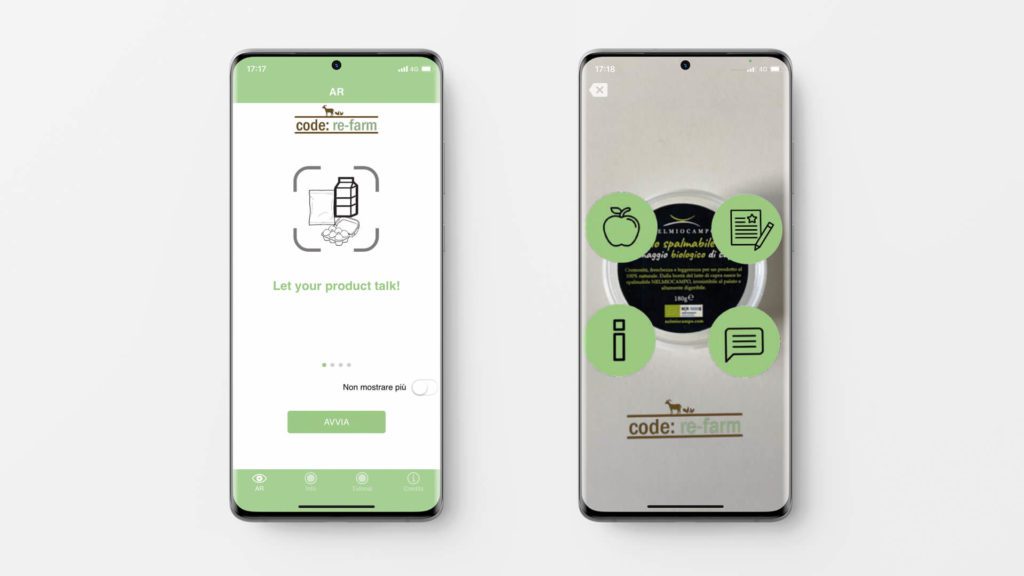
The PATHWAYS Consumer App (2025) will allow users to choose between different balanced diets concerning nutrition and sustainability. The website will include a decision-tree journey to take consumers down possible future sustainable livestock scenarios.
The mEATquality Extensive Practices App (2025) is for pig and broiler producers and will advise farmers on the extensification of their farming systems and present “what if” options for their situation.
On 21 March 2022, REVOLVE held a LinkedIn roundtable with representatives from PATHWAYS, Code-Re:farm, INTAQT and mEATqaulity to discuss how research and innovation in livestock are crucial to food system redesign. Watch it here: